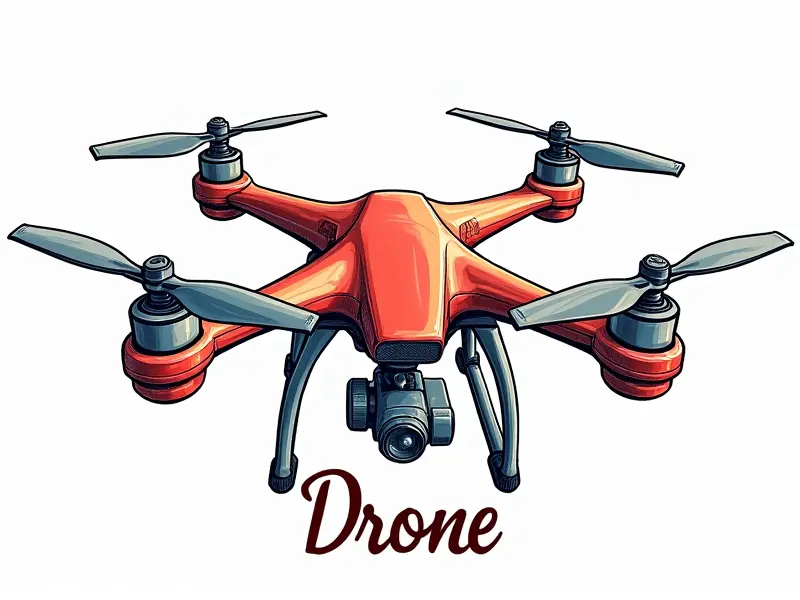Max flight altitude?

Exploring Max Altitude in RC Airplanes
The quest for reaching the highest possible altitude is a common pursuit among remote control (RC) airplane enthusiasts. Achieving maximum flight altitude with an RC plane requires careful consideration of several factors, including aircraft design, engine power, and aerodynamics.
Factors Influencing Maximum Altitude in RC Airplanes
- Aircraft Design: The shape and size of the wings play a crucial role. High-aspect ratio wings are more efficient at high altitudes due to reduced drag.
- Engine Power: A powerful engine is essential for climbing to great heights, but it must be balanced with fuel efficiency.
- Aerodynamics: Proper aerodynamic design ensures that the plane can maintain stability and control at extreme altitudes.
Achieving Maximum Altitude with RC Helis
RC helicopters, or helis, present unique challenges when it comes to reaching high altitudes. Unlike fixed-wing aircraft, helis rely on rotor blades for lift and maneuverability, making them less efficient at very high altitudes.
Tips for Maximizing Altitude with RC Helicopters
- Lightweight Construction: Reducing the weight of the helicopter can significantly increase its ability to climb higher.
- Optimized Rotor Blades: Using high-quality, aerodynamically designed rotor blades enhances performance at extreme altitudes.
- Fuel Efficiency: Ensuring that the heli is equipped with a fuel-efficient engine helps in maintaining altitude for longer periods.
Top FPV Racing Drone Max Altitude Limits
First-person view (FPV) racing drones are designed primarily for speed and agility, but they also have their limits when it comes to reaching high altitudes. The design of these drones focuses more on ground-level performance rather than vertical climb.
Limits in FPV Racing Drones
- Propeller Design: Propellers optimized for speed are less efficient at generating lift, limiting the drone's ability to ascend.
- Battery Capacity: High-capacity batteries can provide more power but also add weight, which affects altitude performance.
RC Plane vs. Quadcopter: Who Flies Higher?
The question of whether an RC plane or a quadcopter can fly higher is often debated among hobbyists. Both have their advantages and limitations when it comes to reaching extreme altitudes.
Comparative Analysis
- RC Plane: Fixed-wing aircraft are generally more efficient at high altitudes due to better aerodynamics and less weight per unit of lift.
- Quadcopter: Quadcopters can hover and maneuver in tight spaces but struggle with vertical climb beyond a certain altitude due to power limitations.
Breaking Barriers: Max Altitude in RC Drones
The pursuit of breaking altitude barriers is an exciting challenge for RC drone enthusiasts. Pushing the limits requires innovation and optimization of existing technologies.
Innovative Solutions
- Advanced Propellers: Developing propellers that are more efficient at high altitudes can significantly enhance a drone's performance.
- Battery Technology: Advancements in battery technology, such as lighter and higher-capacity batteries, can extend flight time and altitude capabilities.
What's the Max Flight Altitude for RC Quadcopters?
The maximum flight altitude for an RC quadcopter varies based on several factors including design, power source, and environmental conditions. Typically, quadcopters are designed to operate within a specific range of altitudes.
Typical Limits
- Standard Quadcopters: Most consumer-grade quadcopters have a maximum altitude limit around 100-200 meters due to regulatory restrictions and practical limitations.
- Hobby Grade Quadcopters: Hobby grade models can reach up to 400-500 meters, but this is still limited by battery capacity and air density at high altitudes.
Achieving Maximum Height with Your RC Drone
To achieve the maximum height possible with your RC drone, you need to optimize various aspects of its performance. This includes tuning the propellers, adjusting the throttle settings, and ensuring that the battery is fully charged.
Optimization Tips
- Tune Propellers: Adjusting the pitch and diameter of your propellers can improve lift efficiency at high altitudes.
- Adjust Throttle Settings: Fine-tuning the throttle curve in your flight controller software helps maintain optimal power output during ascent.
FPV Drone Flight Ceiling Explained
The concept of a "flight ceiling" is crucial for FPV drone pilots. This refers to the maximum altitude at which a drone can operate effectively before performance begins to degrade due to environmental factors such as air density and battery efficiency.
Understanding Flight Ceilings
- Air Density: As altitude increases, air becomes thinner, reducing lift and thrust. This affects the drone's ability to maintain stable flight.
- Battery Efficiency: Higher altitudes require more power for propulsion, leading to faster battery drain and reduced flight time.
Legal and Safe Flight Altitudes for RC Models
Flying your RC model at high altitudes comes with legal restrictions and safety considerations. It is essential to adhere to local regulations and guidelines to ensure safe operation.
Regulatory Compliance
- Airspace Regulations: Check local airspace rules before flying, especially in areas close to airports or restricted zones.
- No-Fly Zones: Avoid flying over sensitive locations such as military bases, prisons, and other restricted areas.
Pushing Boundaries: Max Altitude in FPV Racing
In the realm of FPV racing, pushing the boundaries to achieve higher altitudes can provide unique challenges and opportunities. However, it requires careful planning and adherence to safety protocols.
Safety Considerations
- Visual Line-of-Sight: Maintaining visual contact with your drone is crucial for safe operation at high altitudes.
- Emergency Protocols: Have a plan in place for emergency landings or returns if the drone experiences issues during flight.
Maximizing Your Drone's Altitude Potential
To maximize your RC model’s altitude potential, focus on optimizing its performance through regular maintenance and upgrades. This includes upgrading components such as motors, propellers, and batteries to enhance lift efficiency and power output.
Maintenance Tips
- Regular Maintenance: Keep all moving parts lubricated and inspect for wear regularly.
- Upgrade Components: Consider upgrading to higher quality motors, propellers, and batteries that are designed for high-altitude performance.
By understanding the technical aspects of flying at high altitudes and adhering to safety guidelines, you can enjoy the thrill of reaching new heights with your RC models while ensuring a safe and enjoyable experience.

